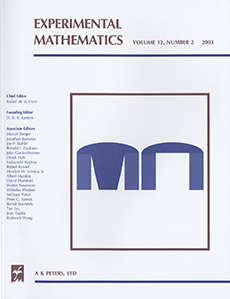Abstract
Motivated by problems from computer graphics and robotics---namely, ray tracing and assembly planning---we investigate the combinatorial structure of arrangements of segments on a line and of arcs on a circle. We show that there are, respectively, $1\times 3\times5\times\hbox{\mathversion{normal}$\cdots$}\times(2n{-}1)$ and $(2n) !$/$n!$ such arrangements; that the probability for the $i$-th endpoint of a random arrangement to be an initial endpoint is $(2n{-}i)$/$(2n{-}1)$ or $\half$, respectively; and that the average number of segments or arcs the $i$-th endpoint is contained in are $(i{-}1)(2n{-}i)$/$(2n{-}1)$ or $(n{-}1)$/$2$, respectively. The constructions used to prove these results provide sampling schemes for generating random inputs that can be used to test programs manipulating arrangements.
We also point out how arrangements are classically related to Catalan numbers and the ballot problem.
Citation
Frédéric Cazals. "Combinatorial properties of one-dimensional arrangements." Experiment. Math. 6 (1) 87 - 94, 1997.
Information




